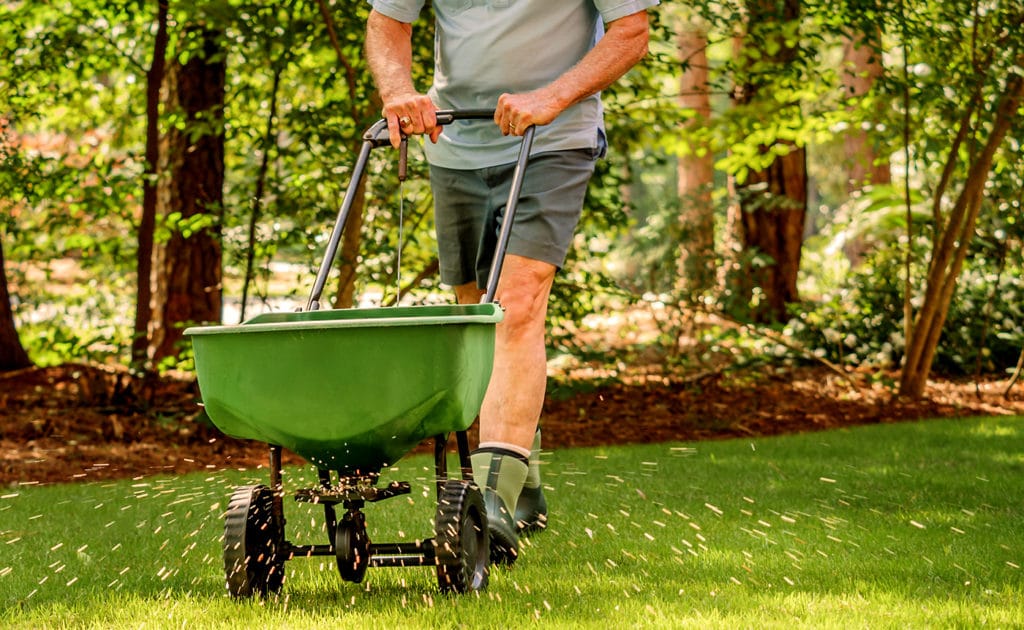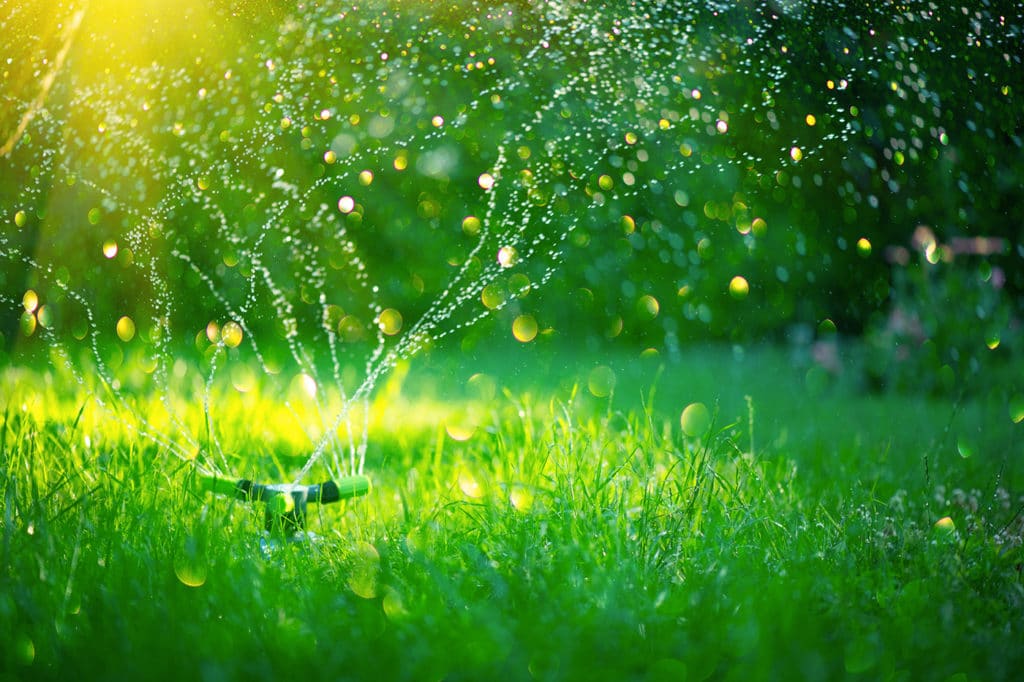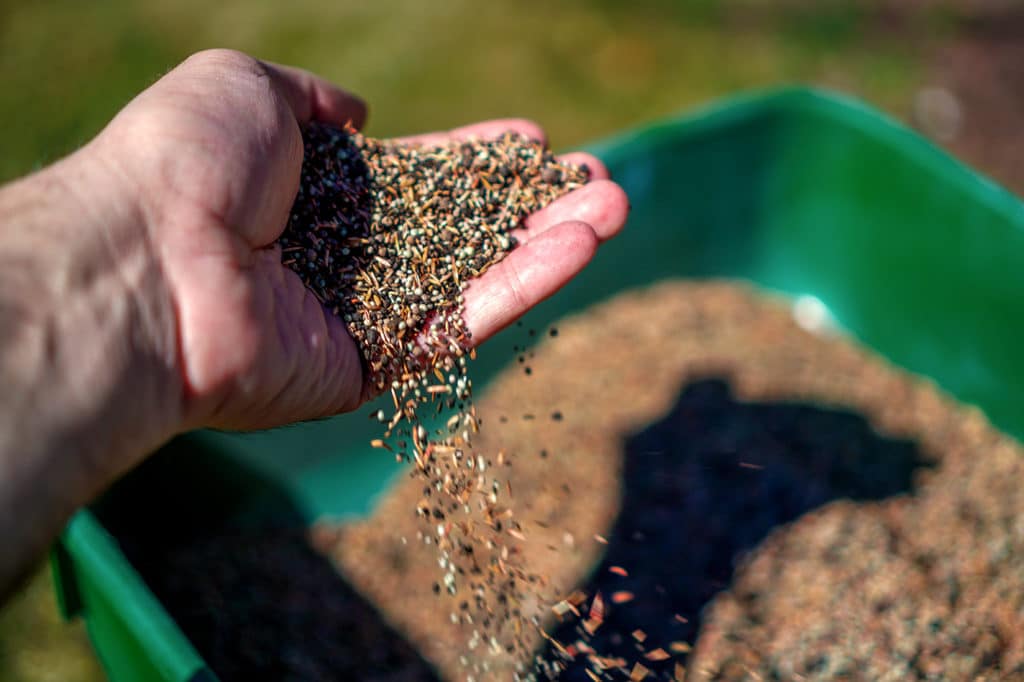4 Steps to Getting New Grass Seed Growing Strong
Plenty of websites you come across will say that starting new grass seed is a task best left to professionals. We think a bit differently. Truth be told, if you take the time and effort to prepare your lawn correctly, and are diligent about maintaining your lawn conditions, you can save plenty of money by starting a new, thicker lawn from seed. Our Lawn and Garden Center associates are here to help you make sure you choose the right grass seed type for the season, take consideration for the amount of light available and other ground conditions like foot traffic or pets. So let’s get started.
1. Preparing your lawn for sowing grass seed
Before planting, prepare the area of your yard that you plan on seeding. Pick up and move any solid objects, leaves, branches then clear away any dead grass and weeds. Weeds need to be pulled out cleanly with all roots. Do not apply any type of pre-emergent or post-emergent weed killer to the area you plan to seed.
Tilling or heavy raking will loosen the top layer of soil. Add a special type of fertilizer designed for seeding, then till or rake a second time to mix the soil and fertilizer.
2. Sowing grass seed correctly
Use a broadcast spreader to evenly distribute the grass seed around your yard. To shield the new seed from birds that will want to eat it, cover this newly seeded area with straw. It’s also a good idea to put a tape line or some rope around the area to prevent anyone from stepping on the soil. During the initial grow cycle, it’s important to keep this area clear of any debris that has fallen from trees or blown in from other areas of the yard.
3. Correctly watering new grass seed
If you want your new grass seed to grow as healthy as possible, your soil should be kept moist at all times. This is what makes germination possible, so make sure your soil is damp well below the surface. Anywhere from three to four inches of the soil should be damp, but not mud.
It’s important that the soil is watered when necessary, but that water doesn’t puddle on the surface. In most climates, you’ll need to water daily, but dry climates will demand more. This new watering schedule should continue until new grass is seen growing.
4. The right time to add fertilizer to your new grass seed
If your grass was seeded and watered properly, it should germinate and begin to grow in about 14 days. It’s important that you avoid applying heavy fertilizers until the grass is established and thick. You should also avoid using pre-emergent and post-emergent weed killers and herbicides because new grass is extremely susceptible to damage from harsh chemicals. Only use special seeding cycle weed killer, or just pull any weed growth out by hand until the grass is established.




